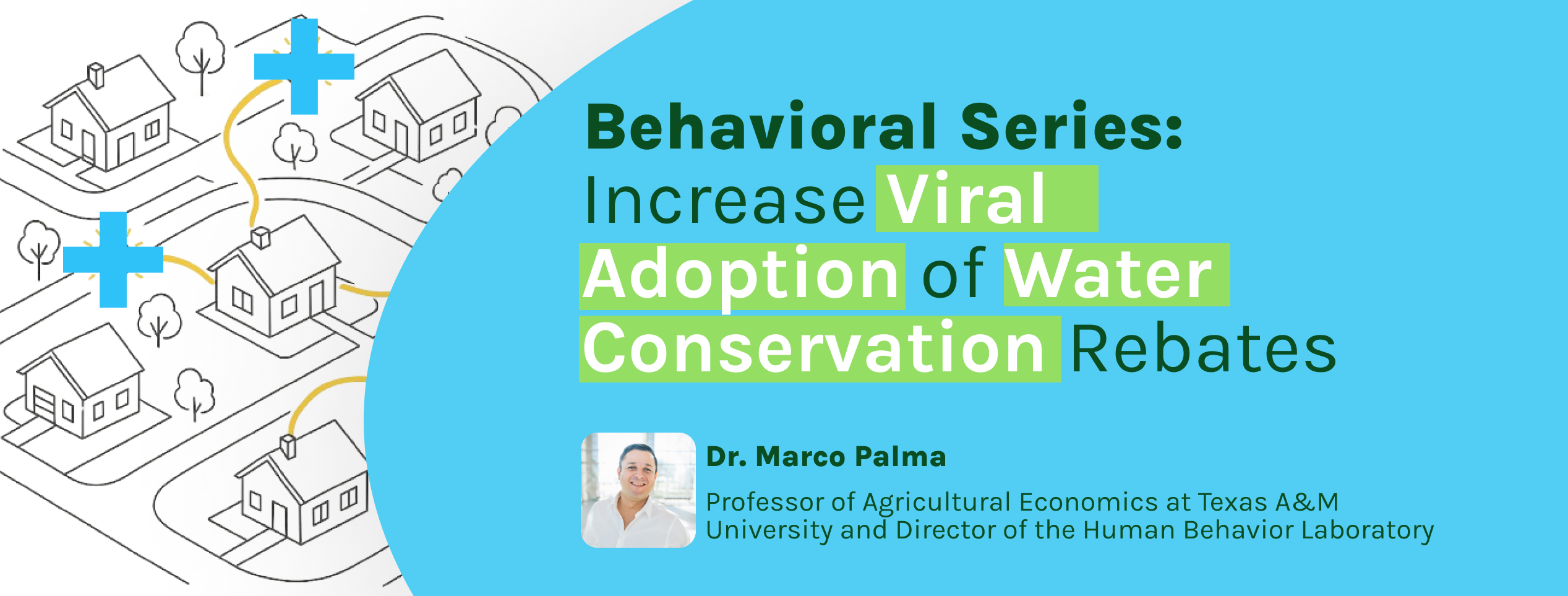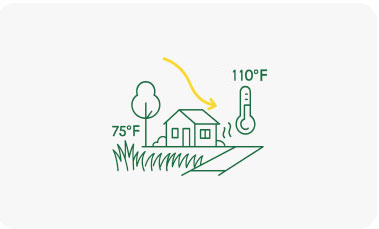The Coalition for Healthy Green Spaces
A trusted source for expert insights and research on water-efficient landscapes.
Meet the Experts
These are leading researchers, economists, and water conservation experts who provide peer-reviewed insights, ensuring content is scientifically grounded and practical for real-world application.
Dr. Marco Palma, Ph.D.
Professor of Agricultural Economics at Texas A&M University and Director of the Human Behavior Laboratory
Dr. Charlie Hall, Ph.D.
Professor, Economist, and Ellison Chair in International Floriculture at Texas A&M University
Kelly Kopp, Ph.D.
Professor of Plant Science, Utah State University | Water Conservation Specialist, Utah State University
Bill McDonnell
Water Efficiency Manager
Metropolitan Water District
(Retired)
The Valve: Online Magazine
The Valve is an expert-led online magazine from the Healthy Green Spaces Coalition, dedicated to advancing water conservation through research, education, and actionable insight. Each issue explores the economic, behavioral, and policy factors shaping conservation outcomes—helping utilities, program designers, and community leaders create smarter, more effective rebate and education initiatives.
3 Green Spaces Facts
Carbon Sequestration
Lawns are responsible for 81-90% of the carbon captured in a suburban yard.1 The greatest carbon sequestration rates occur during the first 25-30 years the turfgrass is planted.
Cooler Temperatures
Trees, shrubs, and grass cool down surrounding areas, reducing the urban heat island effect. Roughly 50 percent of the heat striking a turf area is eliminated by transpiration. When the temperature of the sidewalk is 100°F, the temperature of the adjacent turf remains near 75°F.
Energy Savings
A well-designed landscape can reduce energy consumption by up to 25%, providing cooling in the summer by releasing water vapor like a natural air-conditioner and offering shade. In the winter, trees and hedges provide windbreaks and save energy.





















